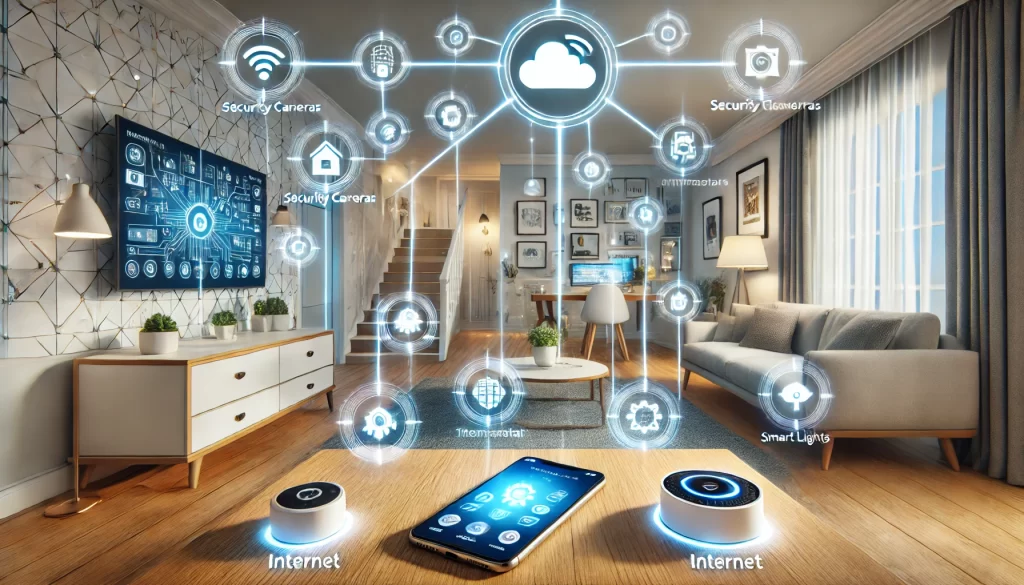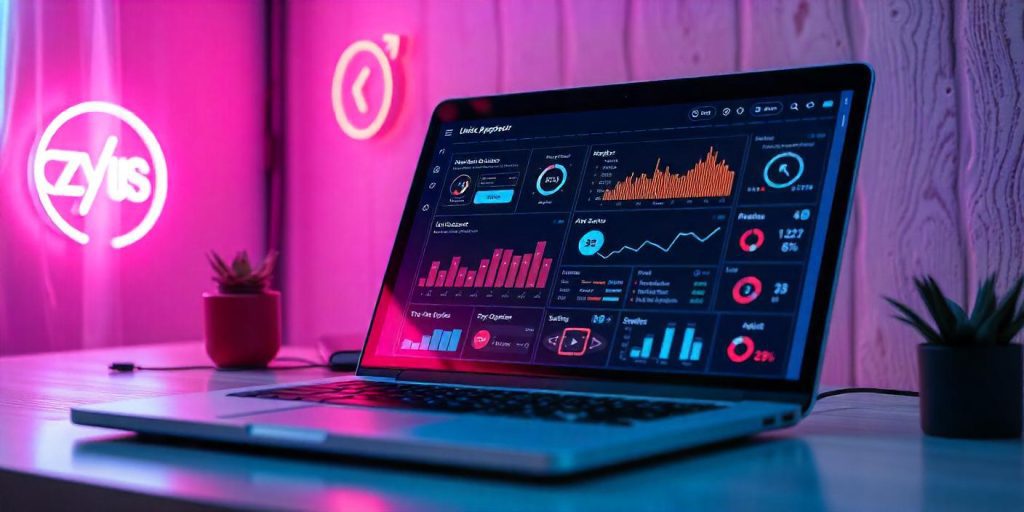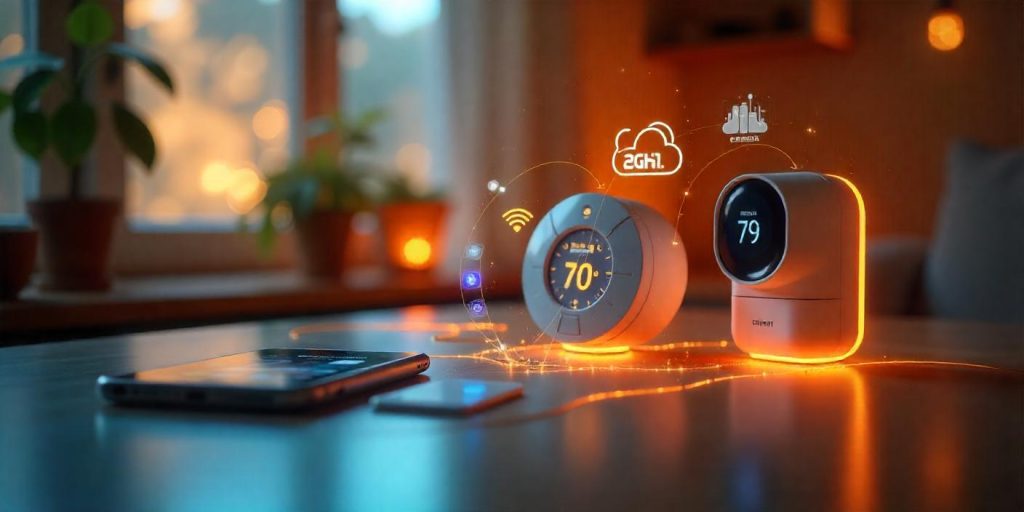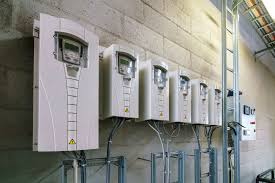The Internet of Things (IoT) has revolutionized the way devices communicate and interact with each other. Connecting IoT devices to the internet is a fundamental step in enabling these devices to function as part of a network. Whether it’s smart homes, industrial automation, or healthcare solutions, the connectivity of IoT devices plays a crucial role in delivering seamless operations.
In this blog, we will explore how to connect IoT devices to the internet, along with aspects such as access control IoT devices, IoT device management, and IoT device monitoring, while also providing examples of commonly used IoT devices.
1. Understanding IoT Devices and Internet Connectivity
IoT devices are physical objects equipped with sensors, software, and other technologies that allow them to communicate with other devices and systems over the internet. Examples of IoT devices include smart thermostats, wearable fitness trackers, and industrial sensors.

These devices rely on various methods of internet connectivity, including:
- Wi-Fi: Commonly used for home automation and small-scale IoT systems.
- Cellular Networks: Preferred for devices requiring wide-area connectivity.
- Ethernet: Used in industrial settings for stable and high-speed connections.
- Low-Power Wide-Area Networks (LPWAN): Ideal for remote devices requiring long-range connectivity.
- Bluetooth and Zigbee: Suitable for short-range device communication.
2. Steps to Connect IoT Devices to the Internet
Step 1: Setting Up Network Hardware
- Ensure you have a router, modem, or gateway compatible with your IoT device.
- For industrial environments, use robust networking equipment designed for industrial IoT (IIoT).
Step 2: Configuring IoT Device Settings
- Use the manufacturer-provided app or interface to input network credentials (Wi-Fi SSID and password).
- Some devices may require manual configuration through a computer or smartphone.
Step 3: Access Control for IoT Devices
- Access control IoT devices are those with mechanisms to ensure only authorized users can connect and manage them.
- Use strong passwords, multi-factor authentication, and secure network protocols like WPA3 to safeguard device access.

Step 4: IoT Device Registration
- Many IoT devices need to be registered with their corresponding cloud service or platform.
- Follow the instructions to create an account and link your device.
Step 5: IoT Device Management Platforms
- Use platforms like AWS IoT Core, Microsoft Azure IoT Hub, or Google Cloud IoT for centralized IoT device management.
- These platforms provide tools for monitoring, updates, and troubleshooting.
3. Role of IoT Device Monitoring
IoT device monitoring involves tracking the performance, health, and activity of connected devices.
- Use monitoring platforms to view real-time data from your devices.
- Implement alerts to notify you of unusual activity or performance issues.
- Monitoring helps prevent device downtime, ensuring uninterrupted functionality.
4. Challenges in Connecting IoT Devices to the Internet
Compatibility Issues
- Devices and networks must support the same protocols for seamless communication.
Security Concerns
- IoT devices are vulnerable to hacking and cyberattacks.
- Use encryption and secure protocols to protect data transmission.
Scalability
- Managing a large number of devices requires scalable solutions, like cloud-based IoT platforms.

5. IoT Devices Examples and Their Internet Connectivity
- Smart Home Devices
- Smart speakers, thermostats, and security cameras often use Wi-Fi for connectivity.
- Wearables
- Fitness trackers and smartwatches use Bluetooth and cellular networks.
- Industrial IoT Sensors
- These utilize Ethernet or LPWAN for high reliability in industrial environments.
- Healthcare Devices
- Remote patient monitors connect via cellular networks to ensure uninterrupted data flow.
6. Best Practices for Connecting IoT Devices
- Secure Your Network: Use strong encryption methods and keep firmware updated.
- Optimize Network Bandwidth: Ensure the network can handle multiple devices without lag.
- Implement Access Control: Only authorized users should be able to manage devices.
- Regular Monitoring and Maintenance: Use IoT device management tools for regular updates and troubleshooting.
Conclusion
Connecting IoT devices to the internet involves selecting the appropriate connectivity method, ensuring secure access, and implementing robust IoT device management practices. By following the outlined steps, you can ensure seamless integration of IoT devices into your network, enhancing their functionality and usability.
Whether for personal use or industrial applications, IoT connectivity opens new opportunities for efficiency and innovation, making it an essential component of modern technology.







